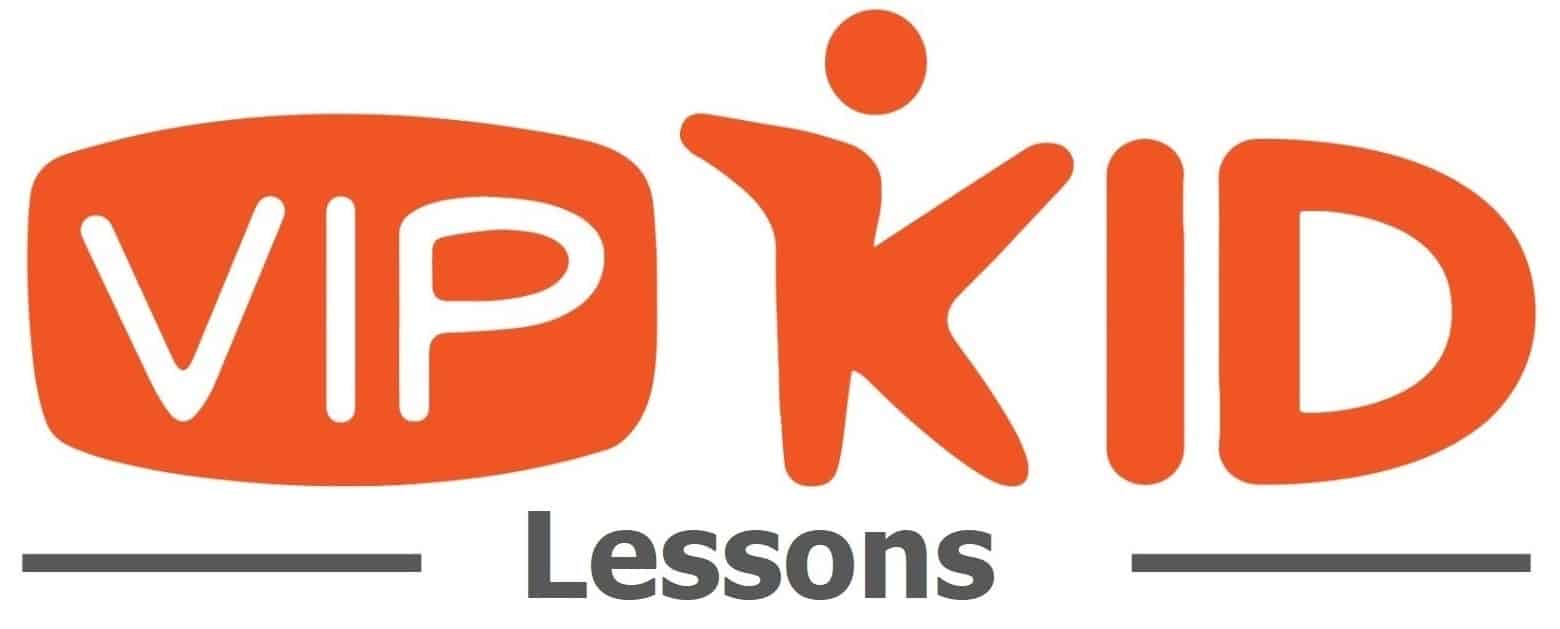Home Plan - [BRC-L1-U1-LC1-2 Artists in Training Book Report]
This lesson covers various aspects of classroom activities related to book reports and arts education. Pages 1-23 focus on tips, goals, and strategies for conducting a book report lesson, emphasizing reading fluency, identifying book elements, and reviewing writing accuracy. Pages 24-43 discuss arts education, including pottery making, metal sculpting, theater classes, music recording, and various dance forms taught at an arts high school. Pages 44-52 provide guidelines for writing a book report on “Artist in Training,” stressing the importance of expressing opinions clearly, completing sentences in the organizer, and ensuring accuracy in writing. Additionally, the section includes a summary of the book and suggestions for completing the book report as homework.
Contents
-
Pages 1—23: Book report lesson
-
Pages 24—43: Pottery, welding, theater.
-
Pages 44—52: Book report guidelines.
Pages 1—23: Book report lessonThis section of the document provides tips and goals for a classroom lesson on book reports, focusing on specific objectives for students such as reading fluently, understanding book elements, and identifying book report components. It includes tips for engaging students, reviewing basic parts of a book report, evaluating writing accuracy, and reviewing checkpoints for grammar, capitalization, spelling, and punctuation. Additionally, it covers the evaluation and review process of book reports, focusing on aspects like summaries, opinions, and facts about the books being analyzed. The document also includes information about different book genres, writing tasks, steps for writing a book report, and understanding the various sections of a nonfiction book report. Key aspects of writing accuracy and comprehension are highlighted throughout the section.
Pages 24—43: Pottery, welding, theater.Using a pottery wheel requires practice and skill. Students in a pottery class make clay pots on a pottery wheel, then bake them in a kiln to harden them in a process called firing. Students wear gloves and facemasks when working with a kiln due to the heat. In another class, students make metal sculptures using welding torches. Some make small art pieces while others create large sculptures. Students studying theater class learn lines for plays and movies, with teachers helping them improve their skills. Other students at an arts high school use recording studios to record music performances, improving their skills in the music business. Flamenco dance, ballet, can-can, tango, salsa, and Irish step-dancing are among the dances taught at the school. In a painting class, students mix paint to create murals on the school walls. Students at arts schools are taught the skills needed not only to create art but also to support themselves through careers as graphic artists, designers, or assisting in making plays or movies. The section ends with students preparing to write their opinions about the book in their book report organizer.
Pages 44—52: Book report guidelines.This section of the document provides tips and guidelines for students and teachers regarding writing a book report on the book “Artist in Training.” It emphasizes the importance of expressing opinions about the book using prompt language, completing sentences in the book report organizer, using key words for note-taking, and understanding the connection between the organizer and the book report sample. Additionally, it mentions the need for accuracy in writing, including proper grammar, capitalization, spelling, and punctuation. The document also includes a brief summary of the book “Artists in Training” by Deborah Akers, which is a nonfiction book about arts school and the experiences of students attending such a school. The section concludes with suggestions for finishing the book report as homework and sharing ideas about art preferences as part of an extension activity.
